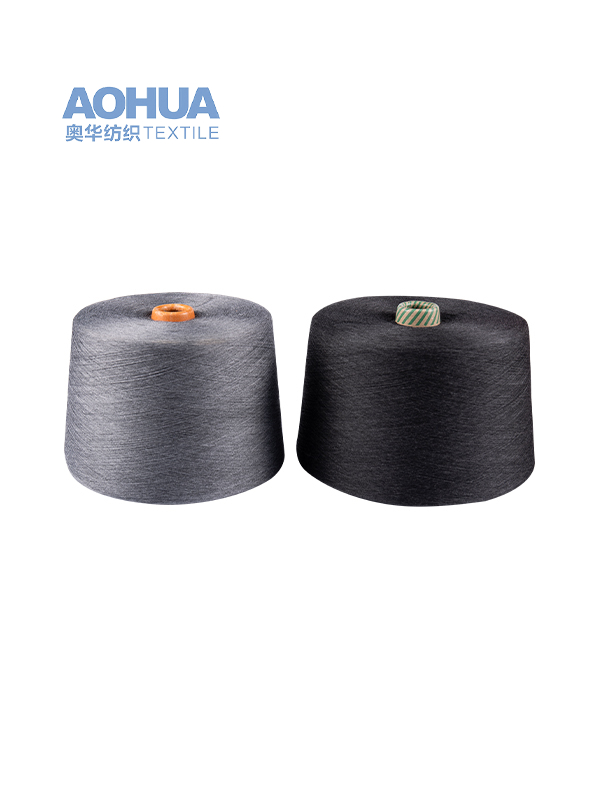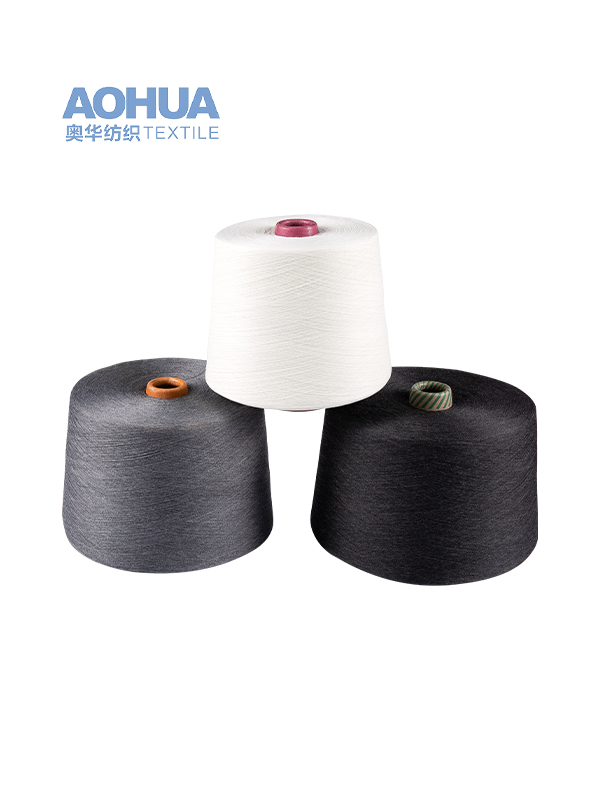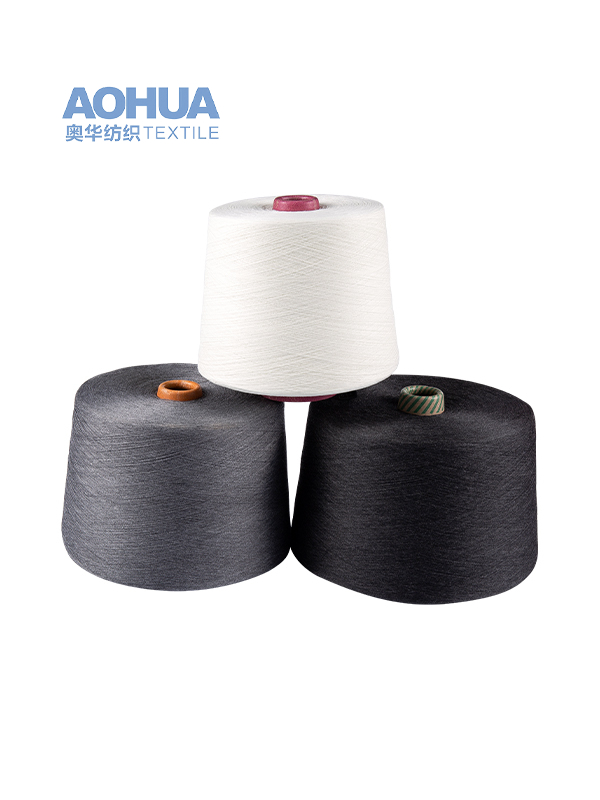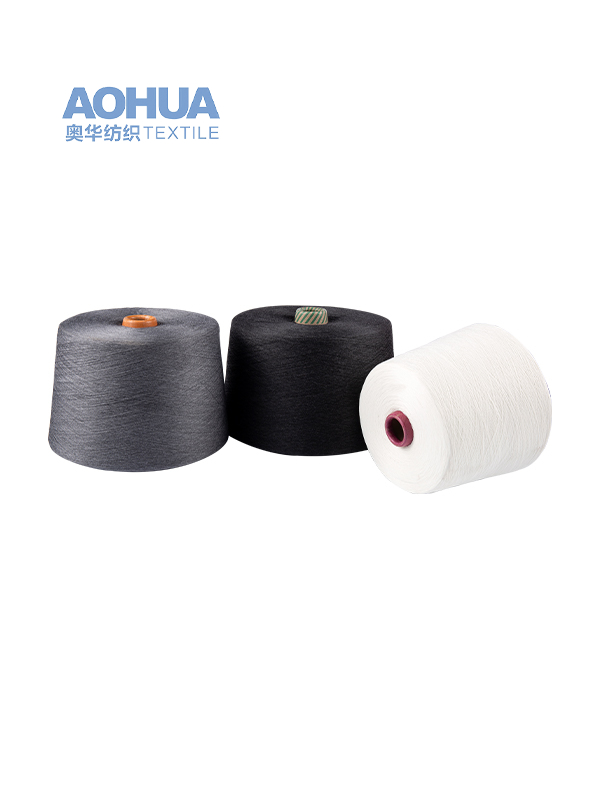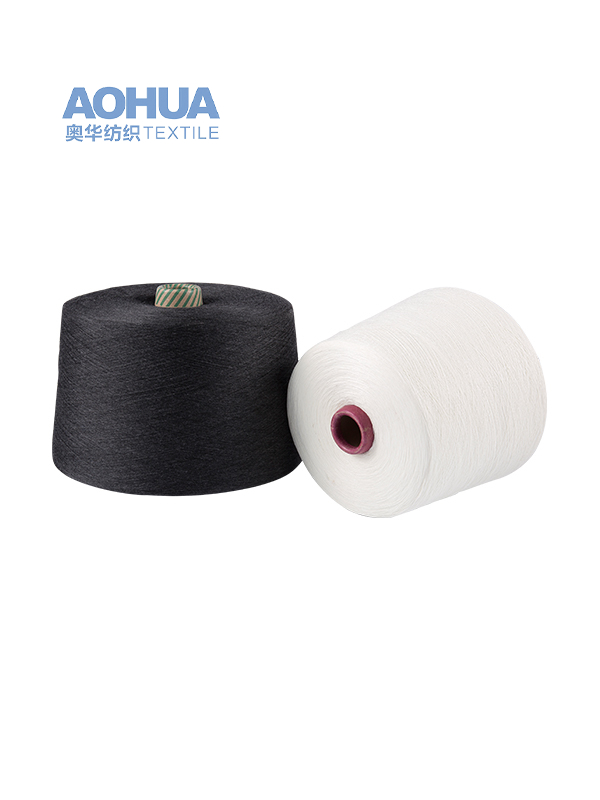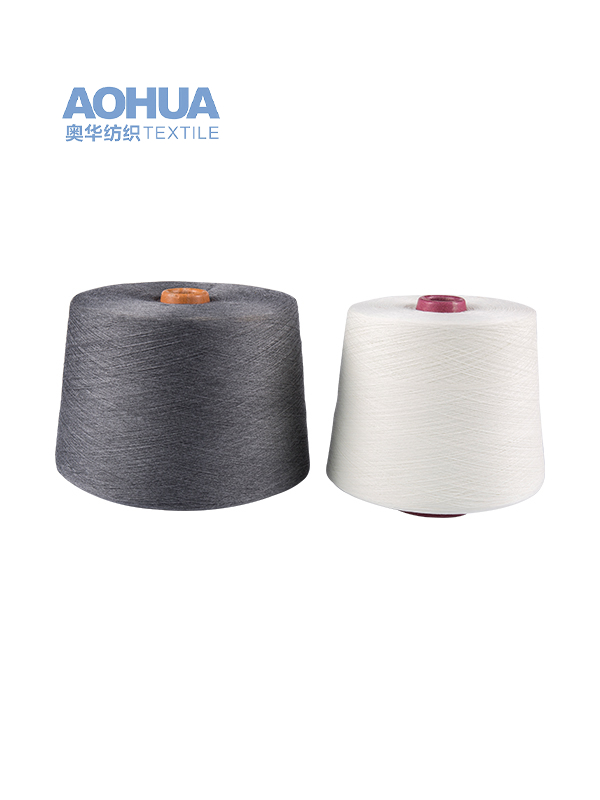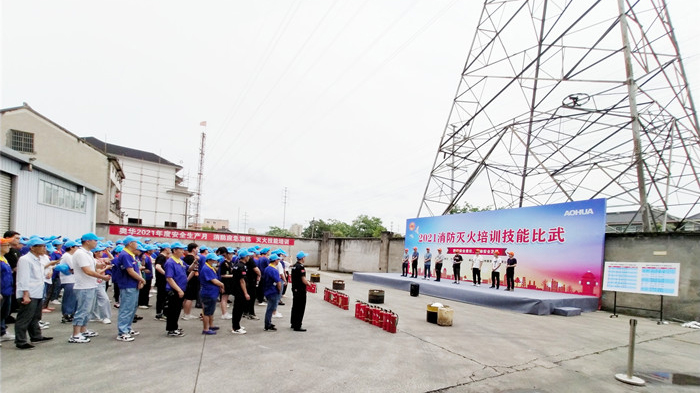We are a national high-tech enterprise. At present, there are many kinds of self-woven and cooperatively processed fabrics, including microfiber warp-knitted towel cloth, weft-knitted towel cloth, coral fleece, etc.
Dyeing: Single Jersey Fabric can be dyed using different methods, such as piece dyeing or yarn dyeing. Piece dyeing involves dyeing the entire fabric once it is knitted, while yarn dyeing involves dyeing the yarns before knitting, creating a patterned effect. Single Jersey's ability to absorb and retain dye colors well ensures vibrant and long-lasting results.
Printing: Single Jersey Fabric is also suitable for various printing techniques, such as screen printing, digital printing, and heat transfer printing. Due to its smooth surface and ability to hold ink effectively, the printed designs appear crisp and well-defined.Single jersey fabric is a type of knitted fabric with a simple structure that has one set of needles creating knit stitches on one side and purl stitches on the other side. This construction results in a smooth and consistent surface on one side of the fabric, making it ideal for printing.The knit stitches on one side of the fabric create a smooth surface without any texture or raised areas. This smoothness allows the printing ink to adhere evenly to the fabric, resulting in sharp and detailed designs.Single jersey fabric is generally stable and does not have significant distortion or stretchiness, making it easier to maintain precise registration during the printing process. This stability ensures that the printed design aligns accurately with the intended pattern.The fibers used in single jersey fabric, such as cotton or polyester, often have good ink absorption properties. This allows the fabric to hold the printing ink effectively, enhancing the clarity and color intensity of the printed design.

The ease of dyeing and printing Single Jersey Fabric is one of the reasons why it is commonly used for a wide range of apparel, including t-shirts, dresses, activewear, and more. It allows designers and manufacturers to create an extensive array of colors, patterns, and graphics, catering to diverse fashion preferences.
It's worth noting that the dyeing and printing process may vary depending on the type of fibers used in the fabric. Natural fibers like cotton, modal, or bamboo, as well as synthetic fibers like polyester, can be used in Single Jersey Fabrics. Different fibers might require specific dye types or printing techniques to achieve the desired color fastness and appearance.

 English
English 中文简体
中文简体

